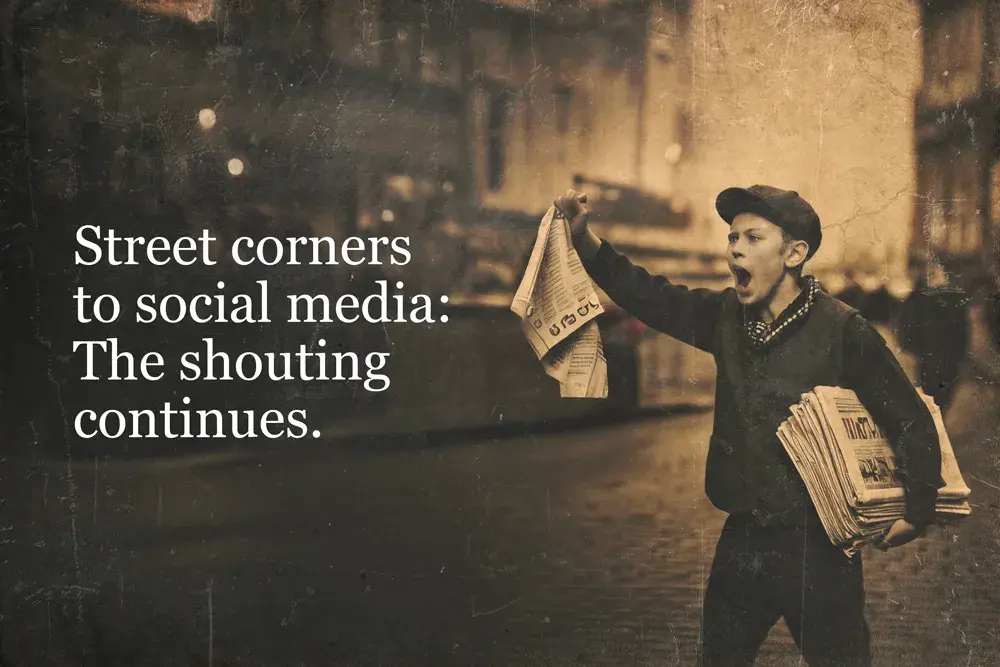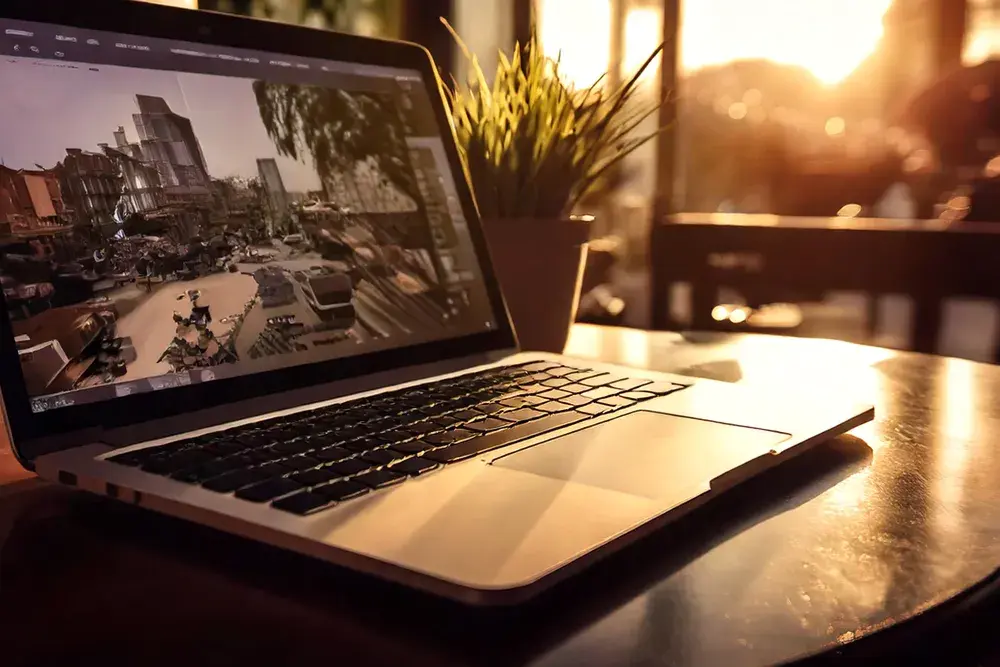You ever notice how some brands just feel familiar? Like you know them. You trust them. You want to wear the T-shirt, not because of the logo, but because it represents something.
That’s not an accident.
Welcome to the world of brand archetypes — the secret sauce behind some of the world’s most powerful branding.
Let’s break it down, plain and simple.
So, what is a brand archetype?
A brand archetype is like giving your brand a personality. Not in a fluffy, meaningless way — but rooted in psychology.
It all started with Carl Jung, a Swiss psychologist who believed we all understand certain universal character types: the Hero, the Sage, the Rebel, and so on. They show up in myths, films, and bedtime stories. And it turns out, they show up in branding too.
When a brand aligns itself with one of these archetypes, it doesn’t just sell — it connects.
Why bother?
Because in a noisy, over-hashtagged, over-hyped world, people aren’t buying just products — they’re buying meaning.
Your brand’s archetype helps:
Create a consistent tone of voice
Shape your messaging, logo, design and vibe
Connect emotionally with your audience
Stand out from the beige crowd
Build loyalty (not just likes)
The 12 Classic Brand Archetypes
Here’s your cheat sheet.
| Archetype | Personality | Example Brands |
|---|---|---|
| Hero | Courageous, determined, world-changer | Nike, Adidas |
| Magician | Visionary, transformative, inspiring | Disney, Apple |
| Outlaw | Rebellious, edgy, challenges the norm | Harley-Davidson, Virgin |
| Explorer | Adventurous, independent, bold | Jeep, The North Face |
| Creator | Imaginative, inventive, expressive | Lego, Adobe |
| Innocent | Optimistic, pure, wants a better world | Dove, Coca-Cola |
| Sage | Wise, thoughtful, seeks knowledge | Google, BBC |
| Caregiver | Nurturing, generous, protective | UNICEF, Johnson & Johnson |
| Jester | Fun, playful, lives to entertain | M&M’s, Old Spice |
| Lover | Passionate, warm, emotionally driven | Häagen-Dazs, Chanel |
| Ruler | Authoritative, responsible, refined | Mercedes-Benz, Rolex |
| Everyman | Down-to-earth, relatable, inclusive | IKEA, Target |
But wait — there’s more
Each of these archetypes taps into a core desire. That’s where this chart comes in handy:
View the full Brand Archetype Wheel
From seeking safety or freedom, to wanting to leave a mark — every brand has a deeper motivation. And the best ones own it.
A real-world example
Let’s say you’re creating a brand for a natural skincare range. Now ask yourself:
Do you want to be the Innocent — gentle, safe, eco-friendly?
Or the Explorer — wild, untamed, for those who don’t follow rules?
Or maybe even the Magician — promising radiant transformation?
Different archetypes, different stories. Different stories, different audiences.
How to find yours
You don’t have to force it. Usually, your archetype is already there — in your values, your tone, and what you’re trying to do in the world.
Ask yourself:
What do we believe in?
What does our customer feel when they use our product?
What story are we telling?
Once you know that, everything else — your logo, your voice, your campaigns — becomes a lot clearer.
Final thought: Your brand is more than a product
It’s a character in a bigger story. A hero on a mission. A sage with answers. A lover with passion. Or maybe, just a friendly everyman doing good work and keeping it real.
Whatever it is — find it. Own it. And build everything from there.
Because when your brand has a soul, people don’t just notice.
They remember.




